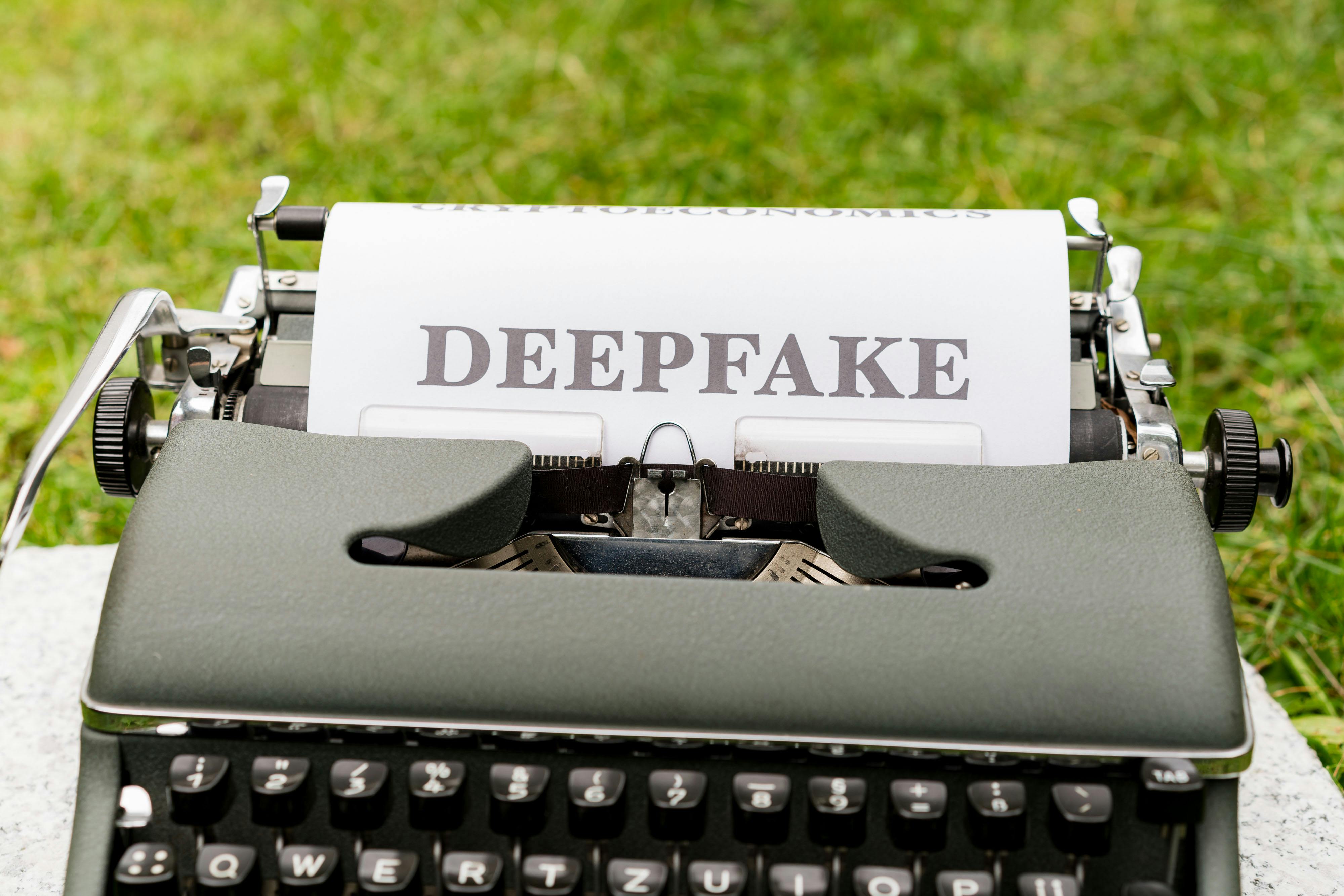Instruction Guided Autoregressive Models for Neural Network Parameterization

Top post
Parameterization of Neural Networks through Instruction-Guided Autoregressive Models
The development of artificial intelligence (AI) is progressing rapidly, and neural networks play a central role. An important aspect in the development of these networks is the determination of their parameters, which significantly influence the performance and functionality of the network. Traditional methods for parameter optimization, such as grid search or gradient descent, can be time-consuming and computationally intensive. A new approach, which is gaining increasing importance in the research community, is the use of instruction-guided autoregressive models for generating network parameters.
Autoregressive models are stochastic processes that predict future values based on past values. In the context of neural networks, this means that the parameters of the network are generated sequentially, with each parameter depending on the previously generated parameters. This approach allows for more efficient exploration of the parameter space and can lead to better results than traditional methods.
The integration of instructions into autoregressive models expands their functionality and flexibility. By providing specific instructions, for example in the form of text descriptions or examples, the generation process can be controlled in a targeted manner. This allows the generated parameters to be adapted to specific tasks or requirements and opens up new possibilities for the development of specialized neural networks.
Advantages of Instruction-Guided Autoregressive Parameter Generation
The use of instruction-guided autoregressive models for parameter generation offers several advantages. Firstly, the efficiency of parameter search can be significantly increased, as the models are able to identify promising parameter combinations more quickly. Secondly, the integration of instructions allows for more precise control of the generation process and thus better adaptation to the respective task. Furthermore, instruction-guided models can contribute to improving the interpretability of neural networks by making the relationship between parameters and the resulting network functionality more transparent.
Applications and Future Developments
Instruction-guided autoregressive parameter generation has the potential to revolutionize the development and application of neural networks in various fields. From image processing and speech recognition to robotics and medicine – the possibilities are diverse. Future research will focus, among other things, on improving the accuracy and efficiency of the models, as well as on the development of new instruction methods. Another important aspect is the scalability of the models to efficiently generate even complex neural networks with a large number of parameters.
Mindverse, as a German provider of AI-powered content solutions, recognizes the potential of this technology and integrates it into its product range. By providing tools for automated parameter generation, Mindverse users can train and optimize their AI models more efficiently. The combination of autoregressive models and the ability to provide specific instructions allows users to develop customized AI solutions for their individual needs. This underlines the innovative strength of Mindverse and its contribution to the further development of AI technology.
Bibliography: - Chaofan Tao. Autoregressive Models in Vision Survey. - Haque, A., & Rana, R. Guided Generative Adversarial Neural Network for Fingerprint Enhancement. - Jiteng Mu et al. EditAR: High-Fidelity and Controllable Face Editing with Generative Prior. - Kim, J. M., et al. Text-to-Audio Generation using Instruction Guided Latent Diffusion Model. - Song, C. Publications. - Suvorov, R., et al. "Parameter-Efficient Instruction-Following Language Models". - Wei, J., et al. SAM-CLIP: Segment Anything Model with CLIP..png)


